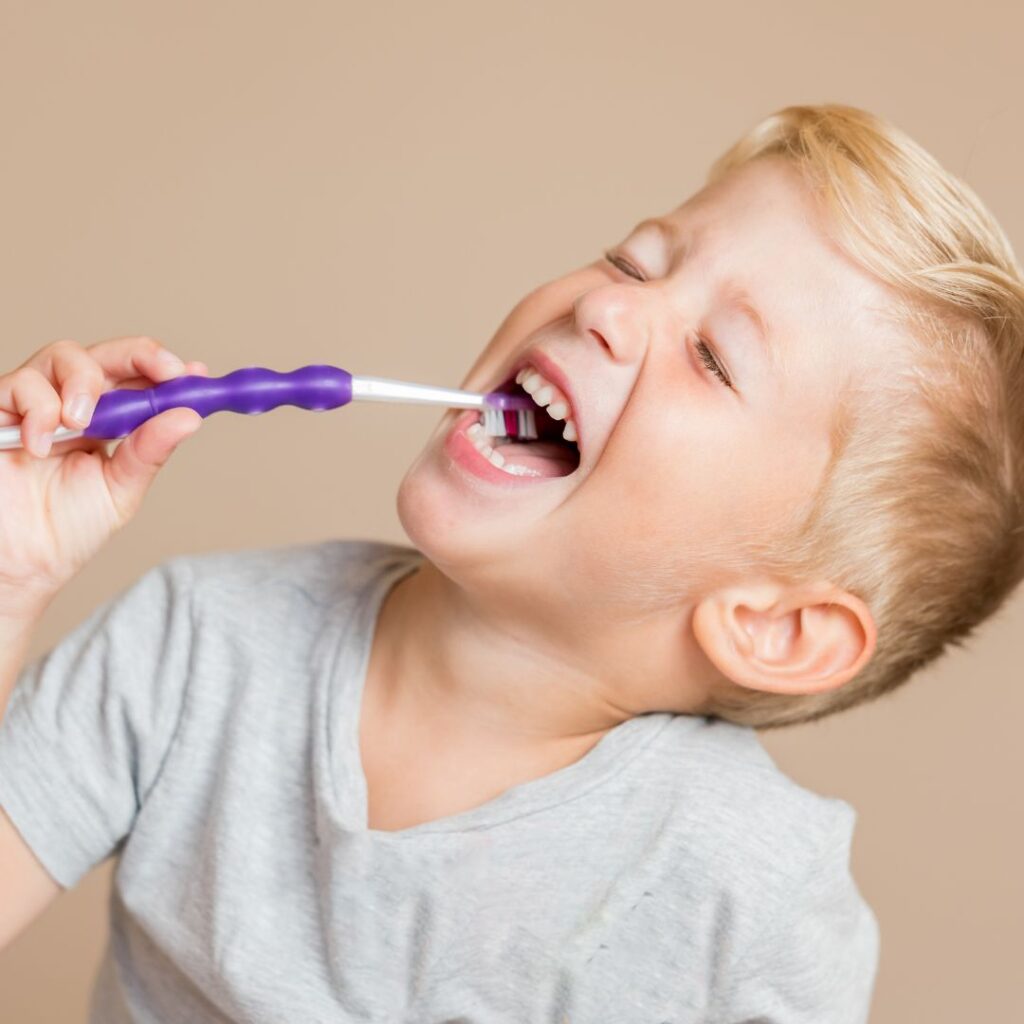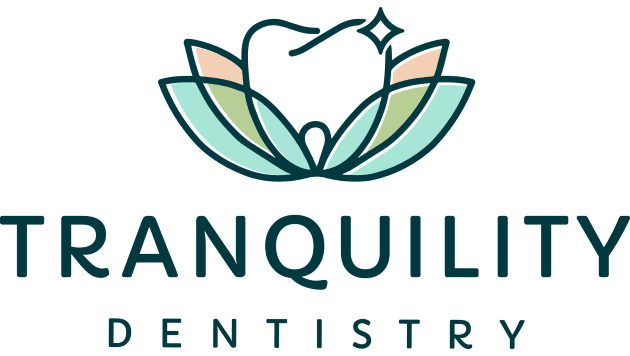
Early Intervention at Tranquility Dentistry
Children between the ages of 7-9 are still growing and this allows us to help influence their growth. Many people are aware that teenagers often benefit from braces but in certain cases children can benefit from treatment as well.
It is important for parents that while your child is growing, we recommend some options which can help their new teeth position themselves better, before braces are needed (or sometimes to avoid needing braces at all). It is important that you discuss with us any concerns you have about your child’s teeth or jaw positions early, as we can prepare a long-term plan – even if that starts with ‘wait two years and start saving’ – which we believe is better than finding out too late!
If this is something you would like more information about, we provide in-house options for fixed and removable orthodontics so please let us know at your next appointment, so we can give you an amazing result.
Early Treatment Can:
Reduce or occasionally eliminate time in braces
Reduce the need for tooth removal
Reduce accidental trauma to protruding teeth
Create space for crowded or erupting teeth
Influence facial symmetry by guiding jaw growth
In teenagers and adults, we can still achieve straight teeth however we can no longer influence jaw growth or enhance facial symmetry. Early intervention can prevent future bite problems and in some cases eliminate the need for later orthodontics altogether.

What Are Early Intervention Braces?
Early intervention braces are orthodontic treatments for children, usually between 7 and 9 years old. Unlike full braces used in teenagers or adults, these treatments focus on correcting developing bite problems and creating space for incoming adult teeth.
Treatment may involve:
- Partial braces (on front teeth or specific sections)
- Palatal expanders to widen the upper jaw
- Removable plates or appliances
- Space maintainers to guide new teeth into place
The goal is not just straight teeth but a healthier, more balanced jaw and bite.
Early intervention can:
- Prevent complex problems later – making future braces simpler and faster
- Encourage proper jaw growth – helping correct crossbites, underbites, or narrow jaws
- Reduce or avoid extractions – by creating space naturally
- Protect protruding teeth – lowering the risk of injury in active children
- Support healthy development – including breathing, speech, and facial balance
- Boost confidence – helping children feel better about their smile during school years
Who Is Early Intervention Suitable For?
Good candidates include children who: | Early braces may not be necessary if: |
Have crowded or crooked teeth at an early age | The child’s teeth and jaws are developing normally |
Have crossbites, underbites, or overbites | Spacing looks healthy for incoming adult teeth |
Show jaw growth concerns (narrow palate, small jaw, asymmetry) | There are no bite or functional issues |
Have habits like thumb-sucking that affect alignment |
Frequently Asked Questions
About Early Intervention
How does early intervention work?
Early orthodontics takes advantage of a child’s natural growth. By applying gentle pressure with appliances, we can:
- Guide jaw growth in the right direction
- Correct bite alignment while bones are still flexible
- Create room for adult teeth before they erupt
- Break harmful oral habits such as thumb-sucking or mouth breathing
When should I consider early orthodontic treatment for my child?
The Australian Society of Orthodontists recommends that children have their first orthodontic assessment around age 7. At this stage, dentists can detect problems that may not be obvious to parents.
Signs your child may benefit from early intervention include:
- Early or late loss of baby teeth
- Crowded or crooked front teeth
- Difficulty chewing or biting food
- Crossbite, underbite, or protruding teeth
- Mouth breathing or speech issues
- Thumb-sucking or other habits affecting teeth
What age is best for early intervention braces?
Most children start between ages 7 and 9, while baby teeth and adult teeth are both present.
Will my child still need braces as a teenager?
Sometimes. But early treatment often reduces the length and complexity of Phase 2 braces.
Are early intervention braces painful?
Children may feel mild pressure when appliances are first fitted, but they adapt quickly.
What happens if we wait until my child is older?
Delaying treatment may mean more complex orthodontics later, possibly with extractions or jaw surgery.
Can my child eat normally with early braces or plates?
Yes, though they should avoid sticky or hard foods that can damage appliances.
Are there alternatives to braces for young children?
Yes. Plates, expanders, or removable appliances may be used depending on your child’s needs.


